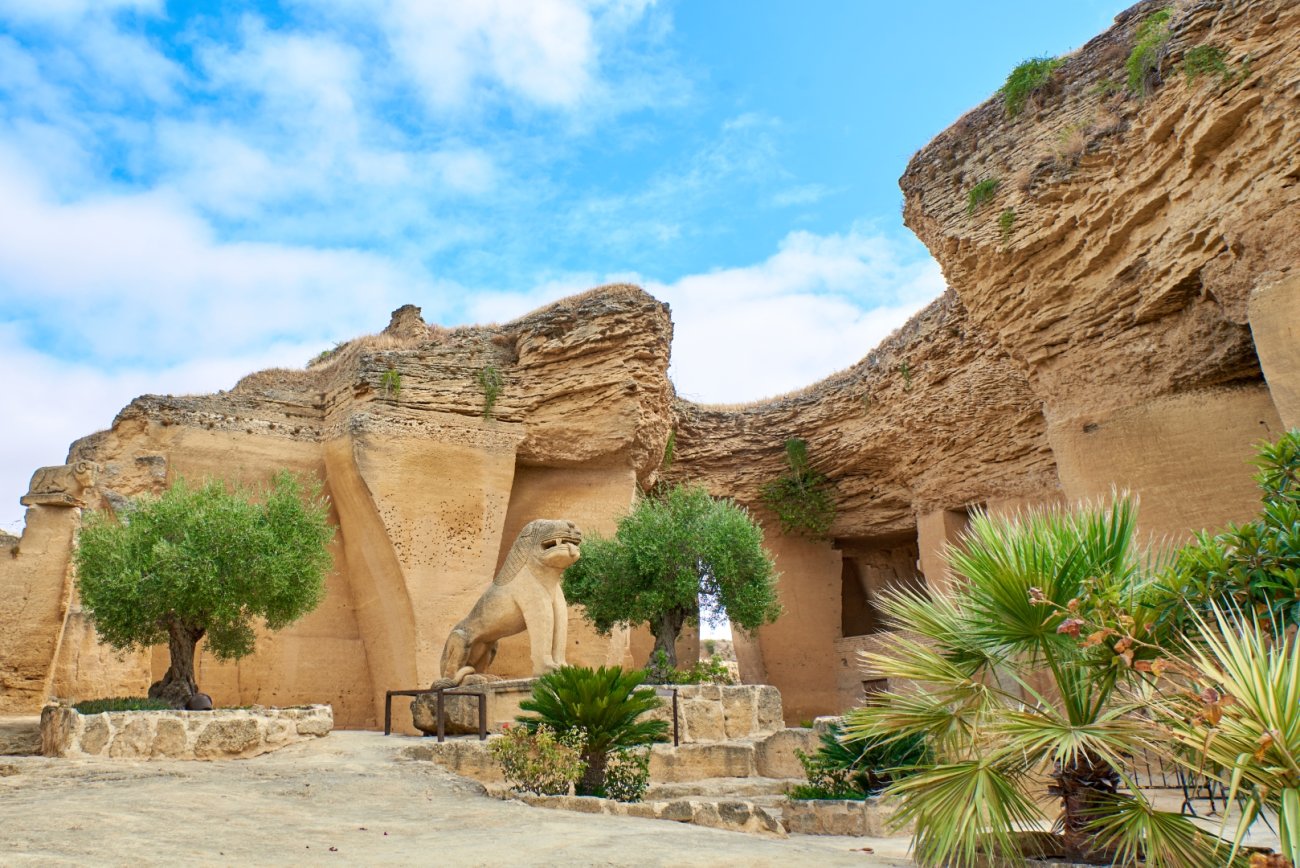The Coto de las Canteras in Osuna, located in Seville, Spain, is a historical and monumental site often referred to as the "Petra of Andalusia" due to its striking rock formations and cultural significance. Originally, this area was a sandstone quarry that supplied the stone for many of Osuna’s landmark buildings, including its churches, palaces, and the Monastery of the Incarnation. For centuries, this quarry has been an essential resource, its stones helping to shape Osuna’s architectural heritage and charm.
Over time, the Coto de las Canteras evolved from a quarry into a unique cultural space. Today, it hosts a variety of cultural events and performances, thanks to the natural acoustics and stunning rock walls that give it an almost mystical atmosphere. Visitors to the quarry can enjoy concerts, theatrical performances, and other artistic events that draw in locals and tourists alike.
Aesthetically, the Coto de las Canteras is a breathtaking natural landscape. The sandstone walls bear the marks of historical extraction, with cavities and irregular shapes that reveal the manual labor of past generations. Weathering over time has created unique textures and forms in the rock, making it a popular site for photography and a captivating destination for cultural tourism.
Historically, the Coto de las Canteras is more than just a quarry; it is a testament to the many cultures that have inhabited Osuna. From the Iberians and Romans to the Visigoths, various groups have used its resources, and some findings suggest that the area was even inhabited in prehistoric times. These historical layers have made the quarry a cherished landmark, drawing admiration from locals and visitors alike.
Today, the Coto de las Canteras is a key tourist attraction in Osuna. Besides its historical significance, it offers a tranquil setting for visitors to explore its caves and carved rock formations while learning about the history embedded in its walls. The site also serves as a gathering place for artists and artisans, who find inspiration in its impressive surroundings. Through its blend of historical and modern uses, the Coto de las Canteras embodies not only Osuna’s past but also its cultural vibrancy and potential to bridge history with contemporary art and community.















